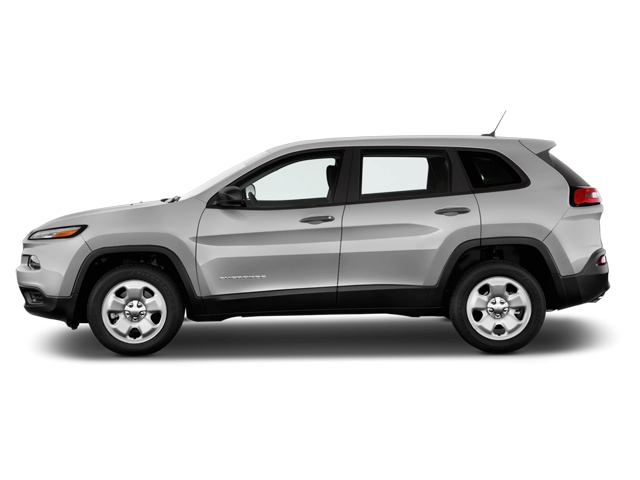2016 Jeep Cherokee Owner's Manual

Table of Contents
2016 Jeep Cherokee Overview
Introduction
The 2016 Jeep Cherokee combines rugged and stylish aesthetics with impressive capabilities, making it a standout contender in the compact SUV market. Renowned for its off-road prowess and comfort on the road, this model offers a versatile driving experience, whether you’re tackling tough terrain or cruising through the city. With its bold design and a range of features, the 2016 Jeep Cherokee appeals to adventurers and daily commuters alike.
Powertrains
The 2016 Cherokee is equipped with two efficient powertrains. The standard 2.4-liter four-cylinder engine generates 184 horsepower and 171 lb-ft of torque, providing a balanced blend of power and fuel economy. For those seeking enhanced performance, an available 3.2-liter V6 engine offers 271 horsepower and 239 lb-ft of torque, ensuring ample power for towing and off-road activities. Both engines are mated to a nine-speed automatic transmission, reflecting Jeep's commitment to advanced engineering and performance management.
Trims
The Cherokee comes in several trims to cater to diverse preferences, including the base Sport, the feature-rich Latitude, the rugged Trailhawk, and the luxurious Limited. Each trim offers a unique combination of style, comfort, and functionality, allowing drivers to choose the configuration that best fits their lifestyle and desires.
Features
Packed with modern technology and convenience features, the 2016 Jeep Cherokee ensures an enjoyable driving experience. Noteworthy features include available Uconnect infotainment with a touchscreen interface, Bluetooth connectivity, and a premium audio system. Safety is also prioritized with options for advanced safety technologies, such as adaptive cruise control and blind-spot monitoring.
Owner's Manual
To enrich the ownership experience, the 2016 Jeep Cherokee comes with a comprehensive owner's manual, detailing essential information about vehicle operation, maintenance schedules, and troubleshooting tips. This manual serves as a valuable resource for maximizing the Jeep’s capabilities and ensuring longevity and performance for years to come.
User manual download
The Jeep Cherokee owner manual for the 2016 model year is to be found in PDF downloadable format on this page. The owner manual for the model year 2016 is free and in English, but the repair manuals are usually not easy to get and may cost more.
Manual Questions
Fill the form below and someone will help you!

